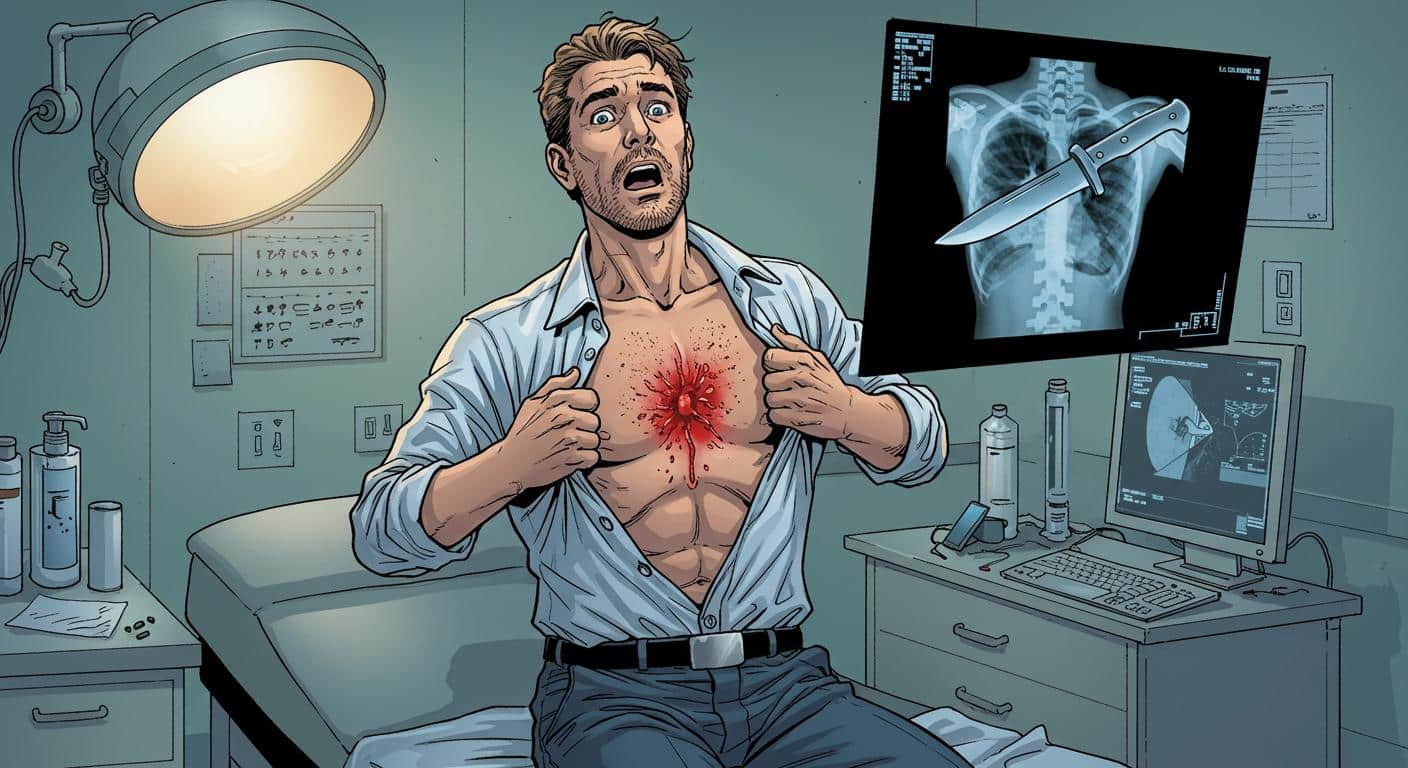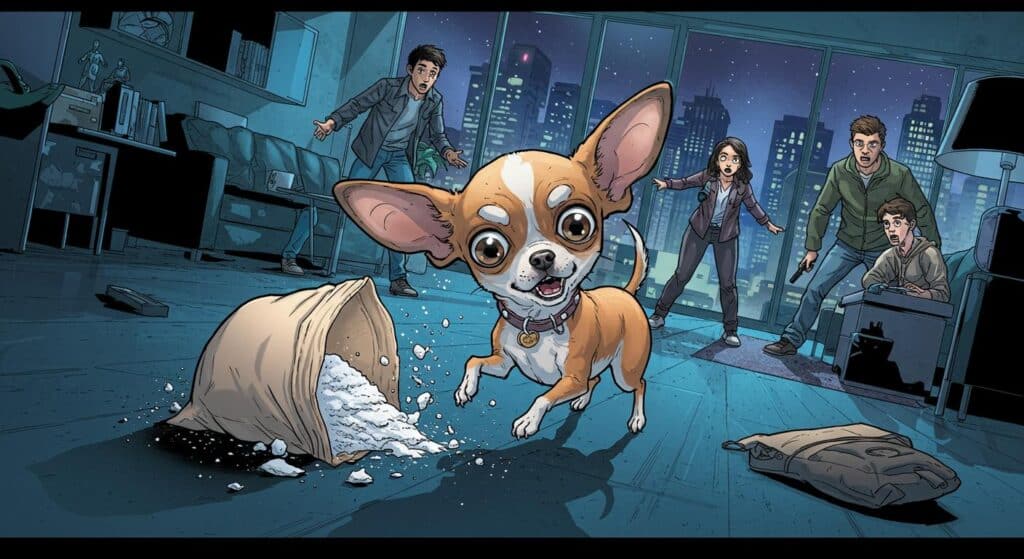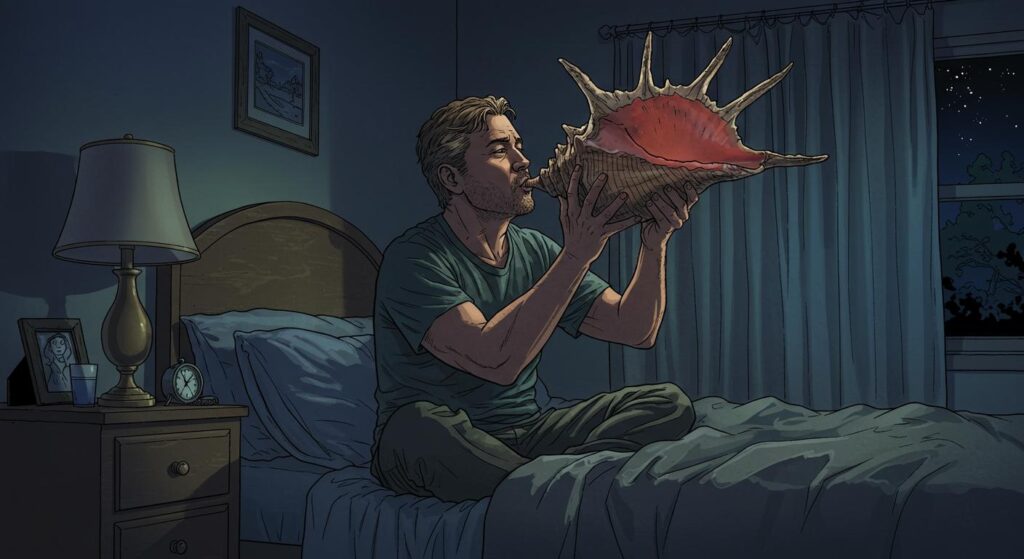There are medical mysteries, and then there’s the man who visited a Tanzanian hospital with a sore nipple—only to discover he’d been playing host to a knife blade in his chest for eight years. No dramatic collapse, no chronic agony, just a steadily oozing spot beneath his right nipple that seemed, until recently, little more than a curious nuisance. Sometimes the truly strange doesn’t arrive with trumpet fanfare; it just hangs around, waiting to leak out.
The Case of the Discreet Blade
So how does an entire blade get lost in the shuffle of everyday life? As detailed in The Sun, the 44-year-old patient showed up at Muhimbili National Hospital in Tanzania with no chest pain, no cough, no fever, and vital signs so unremarkable you could practically measure them with a ruler. His only clue: pus-like discharge seeping from just below his right nipple—a minor symptom for a patient, but a major riddle for the assembled medics.
When initial examinations failed to produce any likely suspects, the man eventually recalled a “violent altercation” nearly a decade earlier. In that encounter, he’d suffered slashes to the face, back, chest, and abdomen, all of which were treated at the time. Since then? An “uneventful” existence, aside from the somewhat less-than-everyday complaint that ultimately brought him to the hospital. It’s a story that feels almost too subtle for its inherent weirdness.
Doctors, with a mix of skepticism and curiosity, decided on a chest radiograph. What emerged was a scene more akin to a Dadaist scavenger hunt than a routine hospital visit: a large knife blade, fully embedded in the patient’s chest, lurking in the shadows for nearly a decade.
Anatomy’s Reluctant Host
According to the report shared by The Mirror, imaging showed the blade had entered through the man’s right scapula (that’s shoulder blade, for the fortunate folks never stabbed in the back) before nestling itself, somewhat miraculously, among vital structures without so much as grazing an organ of significance. What are the odds? It doesn’t take a library scientist to recognize that most concealed knives don’t come with eight-year warranties.
This wasn’t a case of instant recognition, either. The patient hadn’t felt lingering pain or discomfort, and there were no warning signs of infection or distress—just that persistent discharge, calmly indicating that something was eventually going to require unlodging.
Surgery and Satisfying Conclusions
When it came time to address the problem, surgeons performed the removal with the degree of caution one expects when unsheathing a knife from, well, human flesh. Dead tissue responsible for the infection was drained alongside the blade itself. Footage and accounts highlighted in The Sun show the surgical team extracting the foreign object, the patient spending a brief 24 hours in ICU, and his subsequent ten-day hospital stay as a precaution.
As the [Journal of Surgical Case Reports] (as referenced throughout the outlets) reveals, the patient’s follow-up appointments remained entirely uneventful—at least, if you don’t count the receding presence of a kitchen utensil under the skin.
Meanwhile, as noted by Oddity Central, doctors were left pondering just how something this extreme could remain undetected for so long—even when the only outward sign was a bit of pus and a curious medical history. You have to wonder: how many of life’s minor irritations are quietly masking feats of anatomical hide-and-seek?
When Medical Mysteries Play the Long Game
While cases of forgotten surgical implements occasionally surface, this episode stands out for its blend of subtle symptoms and accidental precision. The blade managed to avoid every major organ, allowing the man to lead an apparently ordinary life until his body’s complaint department finally filed a report in the form of a leaky nipple.
The Mirror also notes a smattering of similar cases worldwide—other patients discovering foreign objects after years of vague aches or unexplained pains. But nothing quite matches the patient’s nonchalance when recalling a decade-old altercation as the likely culprit for today’s surprise.
If you’re nursing an unexplained ache and your doctor seems stumped—well, let’s just say that medical imaging is often full of surprises. Are our bodies even weirder than our worst anxieties dare imagine? Or is this simply the universe’s way of reminding us to beware sharp objects and lapses in post-fight self-examination?
Perspective, Pus, and Perplexity
Perhaps the lasting lesson is simple: sometimes the perfect cover for an oddity is an “uneventful” stretch of normality. The Tanzanian man’s knife story didn’t need dramatic symptoms—it just needed time, a curious symptom, and a team of methodical investigators to bring it, or rather extract it, into the light.
So, if you find yourself searching for a cause behind that persistent twinge or uncooperative nip, take comfort: odds are, it’s nothing so dramatic as a lurking knife blade. But isn’t the possibility just a little bit fascinating?







